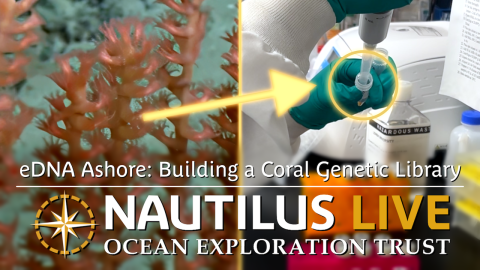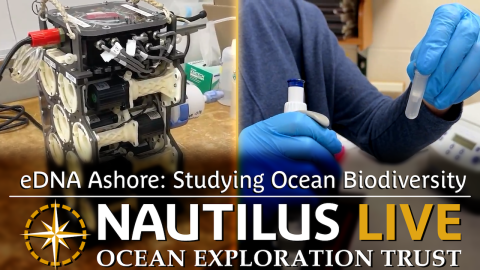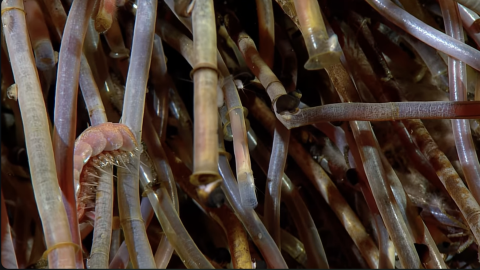Local stories invited in searching for clues to 1938 downed aircraft
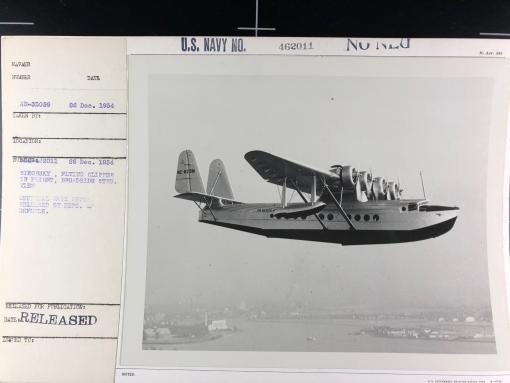
In September, a team of undersea explorers will resume the search for Samoan Clipper, one of the most historically significant lost aircraft in the Pacific, and they are seeking assistance from the American Samoa community. Anyone interested in sharing their knowledge can visit the Tauese P. F. Sunia Ocean Center in Utulei to record an oral history, call 684-633-6500, or share the story online via AirSeaHeritage.org/contact/ and selecting “Samoan Clipper – Share your story” from the drop-down menu.
The downed plane, a Sikorsky flying boat operated by Pan American Airways, was the first commercial airliner to land in American Samoa. A Tutuila woman was reportedly the last person to see the plane on the morning of January 11, 1938, when it crashed shortly after takeoff from Pago Pago Harbor during an air mail delivery flight. Searchers responding to the scene found a fuel slick and small pieces of debris floating on the ocean surface, but the fallen crew and sunken wreckage lay far beyond their reach.
Accident investigators at the time relied heavily on the testimony of the unnamed eyewitness as they tried to comprehend the tragedy that claimed Samoan Clipper. According to the woman’s first-hand account, she was traveling by boat from Fagasa to Aʻasu when the plane flew low overhead, dumping gasoline before suddenly diving toward the water and exploding in a flash of fire and smoke. This story was considered extremely reliable because it was told to the chief in her village before news had reached them that the aircraft was known to be missing. Unfortunately, her identity and that of other American Samoan witnesses to part of the Clipper’s last flight were never recorded.
Today, the expertise and knowledge of the people of Tutuila may hold the key clue to finding this cultural heritage site and showcasing this historic period in aviation which connected American Samoa with Hawai’i, Kingman Reef, Aotearoa, and beyond. We invite community members to share their stories, those passed down through generations, or any other personal accounts about this important era when American Samoa held a pivotal role in connecting the Pacific through air travel. The team is interested in learning from any anecdotes, memories, photos, or writings related to eyewitnesses, the loss of the plane, or other details from Pan Am’s time in American Samoa between 1937 and 1938.
In September, as part of the E Mamana Ou Gataifale II (NA165) expedition led by Ocean Exploration Trust aboard E/V Nautilus, the search for Samoan Clipper will continue with funding provided by NOAA Ocean Exploration via the Ocean Exploration Cooperative Institute. The upcoming mission is based on a decade-long research effort spearheaded by the nonprofit Air/Sea Heritage Foundation, including previously at-sea expeditions, which has considerably narrowed the search area. All involved believe that enduring traditional knowledge could prove critical to filling in the gaps of this important American Samoan story.
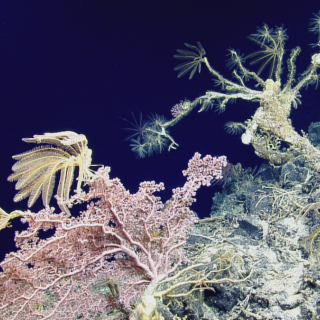
E Mamana Ou Gataifale II - American Samoa
American Samoa is the southernmost U.S. territory, centered in the South Pacific, 2,300 miles southwest of Hawaiʻi, and 1,500 miles northeast of New Zealand. It is home to the cradle of Polynesia’s oldest culture.
